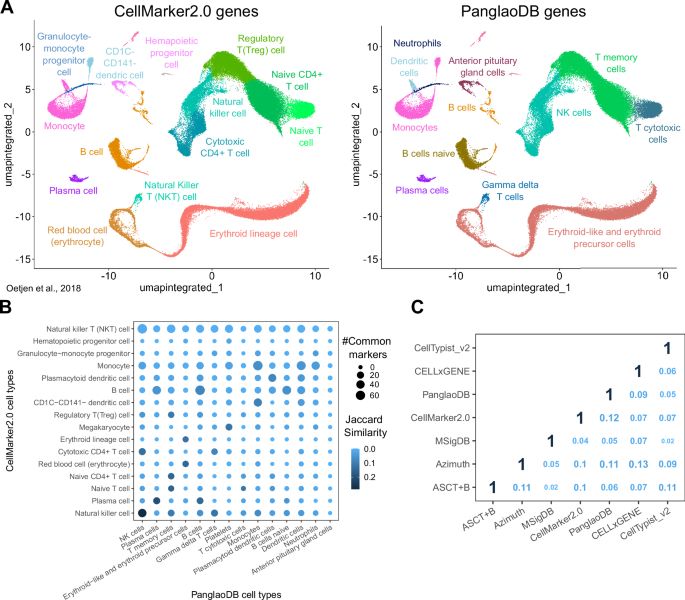Paired single-cell and spatial transcriptional profiling reveals a central osteopontin macrophage response mediating tuberculous granuloma formation - Single Cell Portal
Granulomas are classic manifestations of tuberculosis pathogenesis. They result from an ensemble of immune responses to Mycobacterium tuberculosis infection, but the identities, arrangement, cellular interactions, and regulation of the cells that comprise them have thus far been incompletely understood. To better understand the composition of granulomas, we conducted spatial and single-cell RNA sequencing of granulomas in biopsy specimens from patients with tuberculosis. We found that granulomas consist of concentric transcriptional laminae surrounding areas of central necrosis. We identified distinct populations of granuloma-associated stromal cells, fibroblasts, lymphocytes, mast cells, dendritic cells, neutrophils, and macrophages. Furthermore, gene expression among these cell populations differed by location within granulomas. We used inferential analysis to predict dominant granuloma cell-cell interactions, the activity of major signaling pathways, and transcription factor activities. Using spatial deconvolution, we mapped a conserved pattern of cellular organization dominated by macrophages rich in SPP1/osteopontin expression. Trajectory analysis of macrophage subtypes mapped their differentiation and supported the importance of SPP1 to granuloma macrophage polarization. Using the Mycobacterium marinum-zebrafish model, we found that mycobacterial infection induces spp1 expression in macrophages and that spp1 ablation results in granuloma formation defects and reduced survival in adult animals. Cumulatively, we have identified a dominant macrophage granuloma population as well as its central regulatory gene in human samples and confirmed the importance of spp1 to granuloma biology in vivo.









